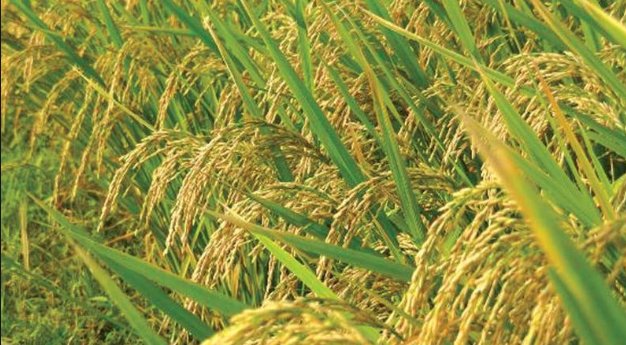Moving towards a vaccine to reduce yield loss due to diseases in rice

We may be close to a vaccine to boost the immune system of rice. A scientist has uncovered the mechanism by which a bacterium called Xoo (Xanthomonas oryzae pv. oryzae) that causes a serious bacterial leaf blight disease in rice interacts with rice plant and cause disease.
Dr Tayi Lavanya, a recipient of DST-Inspire Faculty Fellowship, instituted by the Department of Science & Technology, Govt. of India, working in Centre for Plant Molecular Biology (CPMB), Osmania University, Hyderabad along with her research group is working to identify and develop few molecules which are derived from either the Xoo bacterium or from the infected rice cell walls.
The team is developing new disease control strategies which they can use as vaccines that activate the rice immune system and provide resistance to rice plants from subsequent infections by pathogens.
Xanthomonas oryzae pv. oryzae, or commonly known as Xoo infection, cause huge yield losses to rice cultivation throughout the world. Treatment of rice with cellulase, a cell wall degrading enzyme secreted by Xoo induces rice immune responses and protects rice from subsequent infections by Xoo.
The team led by Dr Lavanya carried out biochemical and functional studies on plant cell wall degrading enzymes secreted by Xoo, which has provided key insights into the mechanisms by which the Xoo pathogen interacts with rice plant and cause disease.
Using the leads obtained from her Ph. D work, Dr Lavanya, along with her research group have zeroed in on few molecules derived from either the Xoo bacterium and from infected rice cell walls which they hope to develop into vaccines.
Currently, Dr. Lavanya’s group is working on a cellulase protein secreted by Xoo. This cellulase protein has the features of a typical vaccine as it is a potent elicitor of rice immune responses. Pre-treatment of rice plants with this protein provides resistance to rice against subsequent Xoo infection.
In order to study how exactly this protein induces the rice immune system, her group is testing whether any surface exposed peptide of this cellulase protein is being recognized by the rice immune system leading to the activation of immune responses. They are also exploring whether the rice cell wall degradation products (sugars) that are released by the activity of this cellulase protein on rice cell walls elicit rice immunity. The elicitor molecules (peptide/sugars), once identified, will be used as a vaccine to activate the rice immune system and induce resistance in rice plants to subsequent infections by pathogens.
So far, improving the resistance of rice plants by introducing Resistance “R” genes has been the best way to control this disease which involves breeding or gene manipulation techniques that are laborious and time-consuming. Also, the introduced of “R” genes provide only race-specific resistance that will prevent infections by only specific strains of Xoo. But the elicitor molecule that will be identified in this work will have the potential to induce a broad-spectrum resistance, which will be effective not only against Xoo but also against other pathogens.
According to Dr Lavanya, this study will reveal novel elicitors of rice defence responses and provide new knowledge about the basic aspects of plant-pathogen interactions that might lead to new ways of reducing yield losses for a crop that at least half of the world’s population depends on.





